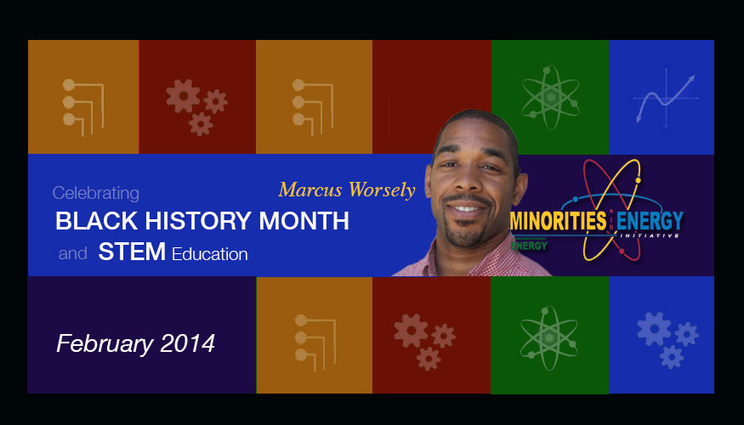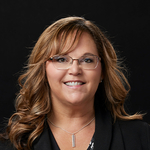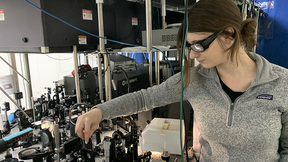Q&A with Marcus Worsley: Celebrating Black History Month and STEM
 (Download Image)
In honor of Black History Month, Livermore Laboratory employee Marcus Worsley shares his background and perspective on engaging underrepresented groups in science, technology, engineering and mathematics (STEM) education.
(Download Image)
In honor of Black History Month, Livermore Laboratory employee Marcus Worsley shares his background and perspective on engaging underrepresented groups in science, technology, engineering and mathematics (STEM) education.
__________
As a champion for the Department of Energy's Minorities in Energy Initiative, Tony Baylis, director of the Office of Strategic Diversity Programs, is aiding the initiative by calling attention to the critical need for greater diversity in STEM professions and education.
Key individuals will be featured throughout the month of February in a Q&A series with the overarching theme "Supporting Diversity in the Sciences and in STEM Education."
The third Q&A in the series features Marcus Worsley. Worsley has worked at LLNL since 2006. He is a staff scientist working in the Advanced Materials Synthesis group within the Chemical Sciences Division of the Physical and Life Sciences Directorate. Worsley works on materials synthesis and characterization for projects ranging from energy challenges to defense.
Q&A with Marcus Worsley:
Q: Why did you choose to work at LLNL?
A: I was attracted to work at LLNL because it offered the opportunity to work on cutting edge research with real world applications.
Q: What is your educational background?
A: In 2001, I received a bachelor's degree in chemical engineering from Michigan State University. I continued my education at Stanford University, and in 2006 I received a Ph.D. in chemical engineering.
Q: What inspired you to work in a STEM area?
A: For a project in elementary school, I interviewed a chemical engineer from our local chemistry plant. He was a plant engineer and he described his job as being the one person they would call if anything went wrong. He was the problem solver. I thought that was cool. Plus, when I asked him what subjects I needed to be good in to be a chemical engineer, he mentioned science and math, which were my favorites. That was all I needed to hear. I still enjoy the problem solving aspect of it.
Q: What excites you about your work at LLNL?
A: Addressing big problems, such as energy generation, conservation and storage, and protecting soldiers in the field. Discovering and synthesizing new materials and gaining new insights into physical phenomena.
Q: What is the most helpful tip or insight that anyone has given you about working at the Lab?
A: Go talk to folks and network. You may be surprised to find out what different people are working on. You might also end up with a new collaboration.
Q: How can our country engage more underrepresented groups in STEM?
A: We need more opportunities to engage kids with STEM at early stages of development such as Lab visits and internships. Make learning about STEM more fun and showing how it connects to or explains physical phenomena.
Q: What do you like to do in your spare time? What are your hobbies?
A: I have two young boys ages 2 and 4. They take all the "spare" time I have.
To view additional articles in this series visit the Q&As with Kevin Griffin and Dwight Squire
Contact
 Carrie L Martin
Carrie L Martin
[email protected]
(925) 424-4715
Related Links
STEM educationBlack History Timeline
Tags
ScienceFeatured Articles







